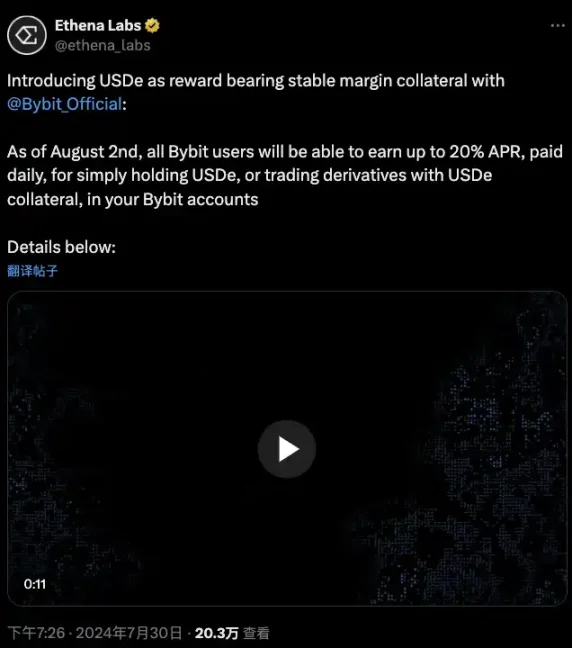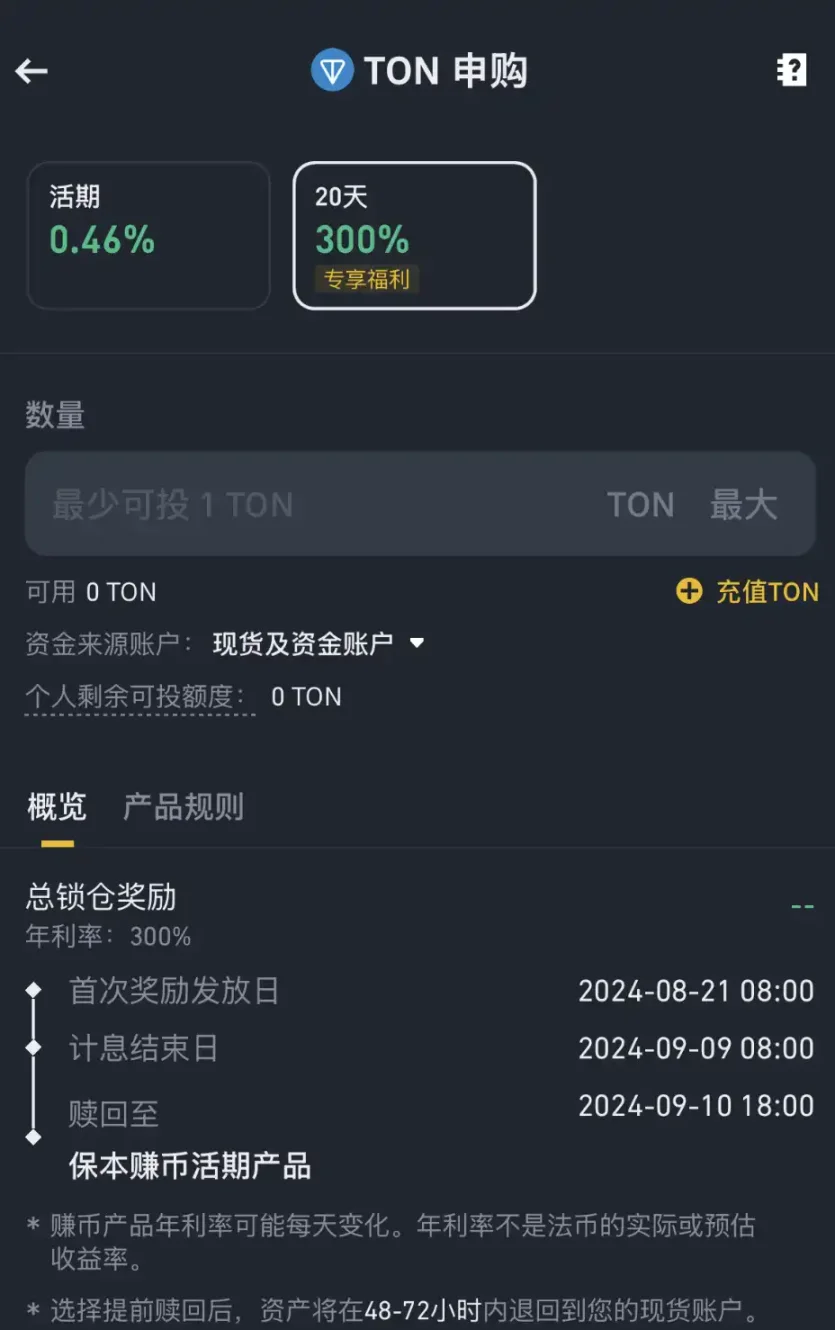As the market value of PayPal USD (PYUSD), the U.S. dollar stablecoin launched by Paypal and issued by Paxos, exceeded the $1 billion mark, the market value of this stablecoin supported by the giant PayPal increased by 327% compared to the beginning of 2024.
Such a huge increase has triggered extensive discussions in the community. The reason is that the reason why PYUSD issuance has achieved such rapid growth is mainly due to the high incentive strategy launched by PYUSD recently.
According to the author's estimate based on the current on-chain TVL and APY of PYUSD, the interest paid to users by the PYUSD incentive activity alone exceeds US$6.5 million per month.

As of the publication of this article, the APY return rate of PYUSD on the DeFi protocol on the Solana chain is generally higher than 13%. Taking Solana's largest lending platform Kamino as an example, 470 million PYUSD enjoys an annualized return of 13.24%, while another lending platform Marginfi has an APY return of 13.46%.
Such generous rewards also allowed PYUSD on the Solana chain to surpass the Ethereum chain in mid-August and become the largest PYUSD issuance platform.
The actual source of PYUSD’s high APY is highly controversial in the community. Some community members believe that the Solana Foundation pays incentive fees to promote users to use the Sol chain's PYUSD. Mert, the founder of Helius, a core member of the Solana community, and Kyle, the managing partner of Multicoin, both made it clear that the Solana Foundation did not pay any incentives, and all PYUSD incentives came from PayPal.

The crypto market has a characteristic: everyone is talking about how to make money, and how much money others have made, but few people talk about how to control drawdowns, what to do with the earned stablecoins, and how to have a more reasonable amount of cash. flow.
Therefore, this article also sorts out some APY projects that have received high attention from the community recently, in addition to PYUSD, mainly stablecoins, and explains the corresponding sources of income. The main source of the DeFi category is subsidies from the protocol's own tokens. CEX's financial management projects come from the cooperation subsidies between CEX and the project. Among them, the highest-yield activity APY is as high as 200%. Although it has ended for the time being, the ideas can still be used for reference.
USDC-Sui
As a recently popular Sol Killer, in addition to technological development, Sui has never stopped promoting the DeFi development of its own network. As the largest lending platform on the Sui network, USDC on NAVI currently has a TVL of over 100 million US dollars and provides an APY income of 13.89%. Likewise, most of the income comes from Sui's incentives for users.

Because currently entering and exiting the USDC network requires cross-chain methods such as Wormhole, and Wormhole has limitations on cross-chain performance. Users who want to participate in the Sui network need to plan their time reasonably and leave enough time.
Bybit-USDE
BlockBeats previously reported that on July 30, Ethena Labs released an announcement stating that starting from August 2, all Bybit users only need to hold USDe in their Bybit accounts or use USDe as collateral to participate in derivatives transactions, that is, Earn up to 20% APY income, paid on a daily basis…

As of today's publication, Bybit's USDe income APY is 12.25%, which is still quite competitive. However, according to the announcement of the event, the total prize pool of this event is 3.3 million USDe. If users still want to participate in USDe activities, they should reasonably anticipate the stop time of the event to avoid potential slippage of USDe caused by concentrated sales after the event is stopped.
Aave GHO
Aave, one of the benchmarks in DeFi protocols, is also providing incentive subsidies for its stablecoin GHO. This incentive plan has increased the APY of GHO to more than 20%. There are currently approximately 78 million GHO staked in it.

After staking GHO, users need to receive this part of the incentive rewards through the merit interface built by the community.
However, it is worth noting that the unlocking period of GHO pledged to the protocol is 20 days, which makes GHO's liquidity less elastic than other protocols.
Binance-TON (also spreading money but not a stable currency)
Binance Launchpool not only launched Toncoin, but also launched a series of financial management activities related to TON. The most noteworthy one is the Super Earn event that has ended.
This event provides TON holders with a high annual APY income of 300%, even if each user only deposits a maximum of 1,350 TON, and the event market is 20 days. But the expected income is also more than 200 TON. Super Earn reached its subscription limit within minutes of opening.

Since the activity requires non-stable currency deposits, in order not to be affected by the rise and fall of tokens. Users can pledge stablecoins on CEX to borrow Ton, and obtain this APY regardless of the rise or fall of Ton. If you are a DeFi Degen, you can pledge USDT on the Ton network to lend Ton. In this case, you do not even need to pay the borrowing APY, because the APY of USDT is higher. This method can be widely used in scenarios that require non-stable coins.
The above summarizes some of the stable financial management methods that are highly discussed in the community. As for the ways to earn higher APY income, such as DeFi’s Erchi and Lumao Studio’s airdrop gameplay, both the stability of income and The source of income and the time of redemption are uncertain and have not been covered yet.
By continuing to look for methods of risk-free income like this, any user who is familiar with encryption has the opportunity to participate and enter a "Fire"-like state where the income covers daily expenses. I hope this basic stablecoin APY income guide will allow everyone to have the last piece of their own land while facing the anxiety of the myth of sudden wealth.








